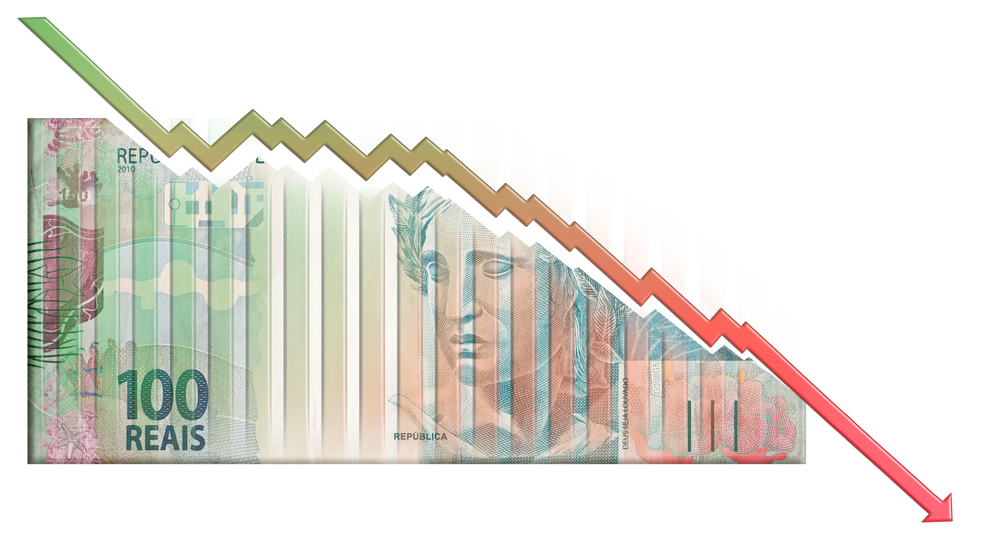Brazil’s Credit Rating Path of Least Resistance is Down

Please note that we are not authorised to provide any investment advice. The content on this page is for information purposes only.
The reasons for Brazil’s downgrade to sub-investment grade are clear, and do not need further discussion beyond noting that the numbers are going to get much worse before they get better. While it is always tempting to say that Brazil selling has gone too far too fast, we see nothing on the horizon that could be “good” news for the nation’s investment outlook.
The reasons for Brazil’s downgrade to sub-investment grade are clear, and do not need further discussion beyond noting that the numbers are going to get much worse before they get better. While it is always tempting to say that Brazil selling has gone too far too fast, we see nothing on the horizon that could be “good” news for the nation’s investment outlook.
We just ran Brazil’s macro numbers in our sovereign rating model ahead of our usual quarterly update in October. Using the current readings and consensus forecasts, Brazil’s implied rating has fallen two notches to BB-/Ba3/BB-. While we had originally thought that S&P maintaining its negative outlook was perhaps a bit aggressive given our previous implied rating of BB+/Ba1/BB+, the new implied rating totally justifies more downgrades ahead.
To state the obvious, we thus see continued downgrades beyond what S&P has done. Indeed, Fitch’s BBB for Brazil stands out as too generous and will drop soon. Moody’s recently cut Brazil a notch to Baa3 but inexplicably moved the outlook to stable; that should change too. Lastly, S&P cut Brazil’s local currency rating two notches to BBB-.
Some funds have mandates whereby they may invest in certain countries as long as two of the three major agencies have an investment grade rating. As such, we see forced selling ahead when one of the other agencies pulls the trigger and cuts Brazil below investment grade too. It is only a matter of time, in our view, and so Brazil bonds are likely to continue underperforming. YTD, Brazil USD bonds are amongst the worst performers (10-year yield +148 bp), as are its local currency bonds (10-year yield +294 bp).
Regarding equities, the growth outlook is so poor that Brazil is likely to continue underperforming too. Charts point to a test of the 2008 low for the Bovespa near 29435. Other countries are facing headwinds from the drop in commodity prices, but none is undertaking the sort of pro-cyclical tightening that Brazil is right now. That is no one’s fault but that of Brazil policymakers. Rather than spending prudently during the commodity boom, the PT ramped up public spending that is simply unsustainable now. MSCI Brazil is the worst performer in EM, -38% YTD vs. -16% for MSCI EM.
On the FX side, BRL faces a perfect storm of negative external (Fed, China) and internal developments. That is unlikely to change anytime soon, and so we look for continued BRL underperformance. With EM as an asset class likely to remain under pressure, the all-time high for USD/BRL near 4.00 from 2002 is likely to broach soon. Due to the likelihood of overshooting, we see USD/BRL trading up to 4.50 over the next 3-6 months. BRL is the worst performer in EM YTD, at -31% and counting.
Lastly, the Brazil downgrade also sends a strong signal that the agencies will not hesitate to cut investment grade countries. Some of the rating agencies have been warning recently of downgrade risks to South Africa and Turkey, both of which are currently investment grade. However, our sovereign ratings model has both of these countries at sub-investment grade and so we see scope for significant downgrades ahead as well.
Short Note on What to Expect Next from Brazil is republished with permission from Marc to Market




